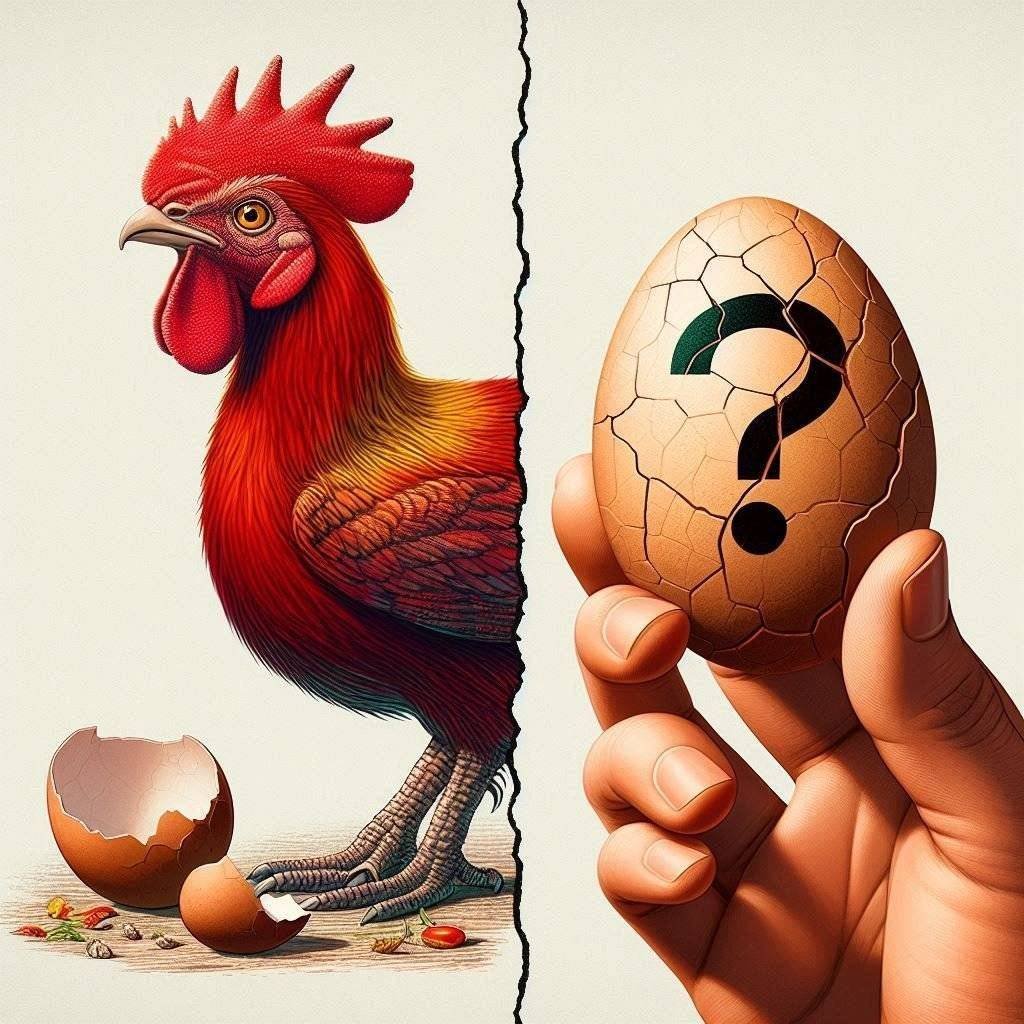Lord Byron (1788-1824), the celebrated Romantic poet, was known for his passionate verse, unconventional lifestyle, and penchant for defying expectations. But even by his own standards, one episode stands out – his time with a pet bear at Cambridge University.
Collegiate Constraints and Canine Cravings:
In 1805, a young Byron entered Trinity College, Cambridge. The strict college rules, however, included a ban on students keeping dogs in their dorms. This presented a problem for the pet-loving poet. Undeterred, Byron decided on a solution as outlandish as it was audacious.
A Fuzzy Friend: Enter the Bear Cub
Instead of a canine companion, Byron opted for a bear cub. Where he acquired the bear, and the exact species, remain unclear – possibilities range from a brown bear cub to a more manageable European brown bear cub. Regardless of the species, a bear cub was a far cry from the typical student pet.
A Roaring Rebellion: Defying the Rules with Fur and Claws
Byron’s audacious act was a clear defiance of college regulations. He argued that the rules didn’t specifically mention bears, leaving a loophole he gleefully exploited. According to some accounts, the bear cub was even kept on a chain and walked around the college grounds, much to the astonishment (and likely amusement) of fellow students and faculty.
Beyond a Pet: A Bidding for Attention?
The bear’s presence wasn’t solely about companionship. Byron, known for his theatricality and desire to be the center of attention, likely saw the bear as a way to further cultivate his image as a rebel and outsider. The outrageousness of the act ensured he wouldn’t be forgotten.
Ursine Antics and Scholarly Pursuits:
The details of how the bear cub co-existed with Byron in his dorm room remain sketchy. One can only imagine the challenges of keeping a wild animal, even a young one, in a confined space. Did it disrupt his studies? Did it damage furniture? These questions add to the humorous absurdity of the situation.
A Candidacy Unfulfilled: A Bearish Bid for Fellowship?
Some accounts, likely embellished over time, suggest Byron even attempted to have his bear cub officially enrolled as a student, perhaps vying for a “fellowship.” While this is most likely a humorous exaggeration, it further highlights Byron’s rebellious spirit and his willingness to challenge authority through unconventional means.
A Farewell to Furry Friendship: The Bear’s Fate
The bear’s stay at Cambridge wasn’t permanent. The novelty might have worn off, or perhaps the logistics of caring for a growing bear became too demanding. Accounts suggest Byron eventually gave the bear cub to a traveling menagerie.
Beyond the Bear: A Legacy of Rebellion
Lord Byron’s bear escapade serves as a window into his personality. It highlights his defiance of authority, his desire for attention, and a dash of youthful impulsiveness. While the bear itself didn’t leave a lasting mark on history, the story became another chapter in the legend of Lord Byron, the rebellious poet.
More Than Just a Bear: Contextualizing Byron’s Actions
It’s important to consider the broader context of Byron’s actions. The early 19th century was a time of intellectual and social change. Universities like Cambridge were steeped in tradition, and Byron’s act can be seen as a youthful rebellion against these established norms.
Beyond Rebellion: A Reflection of Romanticism
The Romantic movement, of which Byron was a prominent figure, emphasized a connection with nature and a rejection of rigid societal structures. Owning a bear, a wild and untamed creature, might have resonated with these ideals.
A Lasting Legacy: A Story that Continues to Captivate
Lord Byron’s time with a pet bear remains a fascinating and humorous anecdote in his life story. It offers a glimpse into his personality and the social norms of his time. While the bear itself might be a footnote in history, the story continues to capture the imagination and serves as a reminder of Byron’s enduring legacy as a rebel and a poet.



